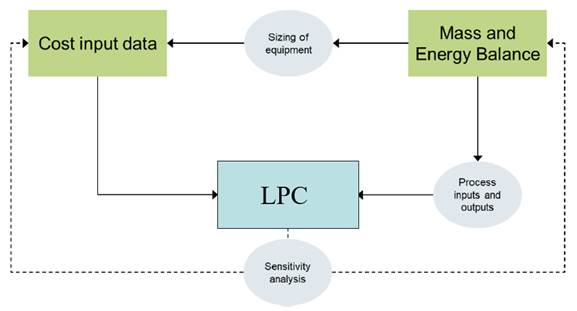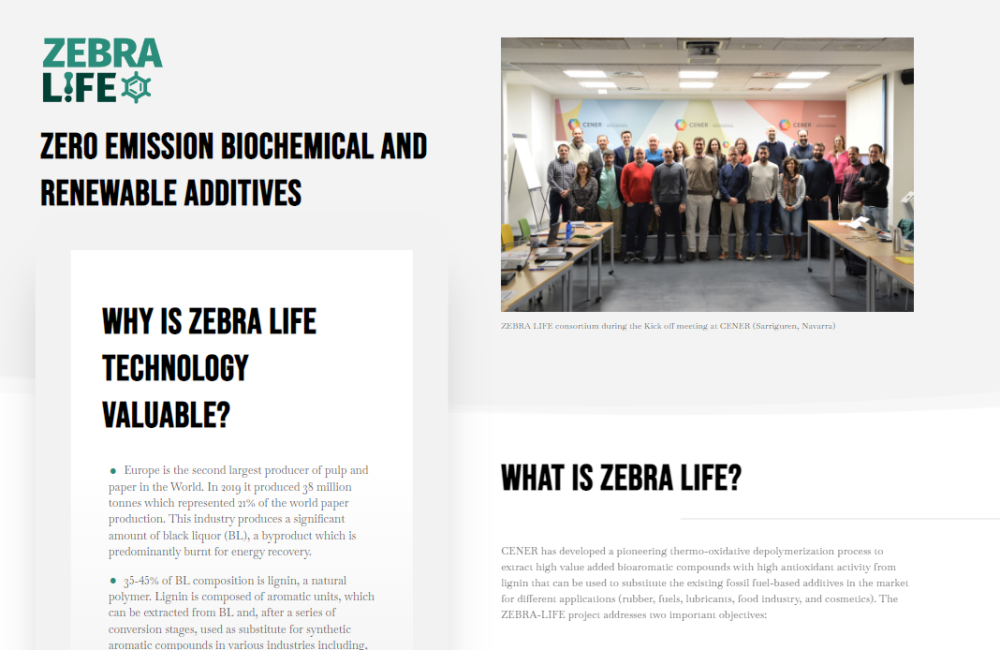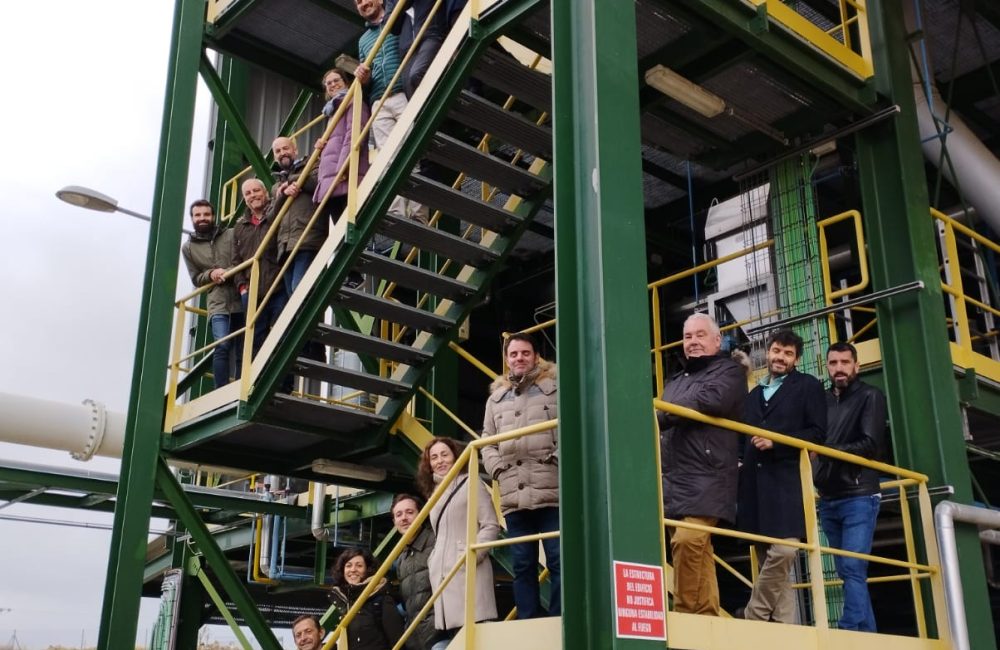New bio-based products from urban sewage sludge valorisation
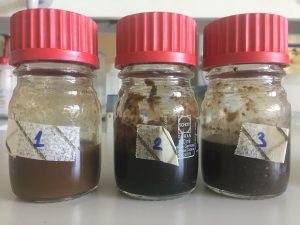
The increasing sewage sludge generation rate in cities, together with the directives that regulate its management at European level, the promotion of its recycling or reuse within a circular economy approach, as well as the greater environmental concern of the primary sector, have led CENER (National Renewable Energy Centre of Spain) to participate in the European research and innovation project NextGenRoadFuels (Horizon 2020). Its objective is to demonstrate that urban sewage sludge can be used as feedstock for the production of biofuels using hydrothermal liquefaction technology and also some of its components (e.g.: nitrogen, proteins,..) can be extracted and valorised into high-added value products.
In particular, CENER leads the research line related to the challenge of handling feedstocks with high organic nitrogen content through the implementation of dedicated processes for the extraction of nitrogen-derived compounds A reduced nitrogen level in the feedstock is of great importance for fulfilling the standardized requirements for road fuels emissions, because NOx is produced from the reaction of nitrogen and oxygen gases in the air during combustion. To overcome this barrier, firstly a pretreatment of the sewage sludge using mild temperature enzymatic hydrolysis with enzymes is executed. Secondly extraction & purification processes are undergone, for protein-derived amino acid and peptides valorization. The main valorization pathways proposed by CENER are the production of biostimulants for sustainable agriculture and the development of new biosurfactants, and other bioproducts of great interest for the chemical industry.
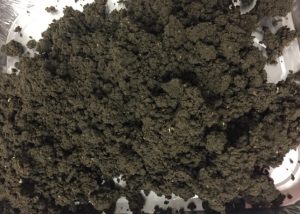
Interesting results have been obtained to date during this project. On the one hand, samples of sewage sludge from the first and secondary treatment of wastewater generated in different countries from different WWTP (Waste Water Treatment Plant) processes have been collected. These samples have been sampled in different European countries such as Denmark, Germany, Greece, The Netherlands and Spain. In case of CENER, NILSA (public company of Navarre in charge of residues management) and the Mancomunidad de la Comarca de Pamplona have supplied as much as 4 different samples collected either at different plants or in the same plant but at different stages.
The information compiled has provided CENER interesting information regarding the nitrogen content and the form in which it is found. Actually, the majority of the nitrogen found in the sewage sludge samples is in the form of proteins accounting from 17-22% by dry weight, showing an amino acid profile where glutamic, aspartic acid, leucine, valine and alanine can account up to 50% of the total content. Preliminary tests assayed to sewage sludge samples, have achieved yields up to 70% of free amino acids.
Since the project is on its early phase, CENER considers these results as very positive, and still envisages room for improvement in the coming months, keeping in mind the final aim of contributing to the development of novel valorization routes of organic waste, on both laboratory and demonstration scales, for subsequent industrial implementation and market uptake.
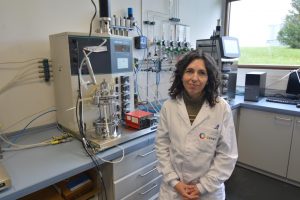
Author: Irantzu Alegría, Senior Researcher at CENER Biomass Department

